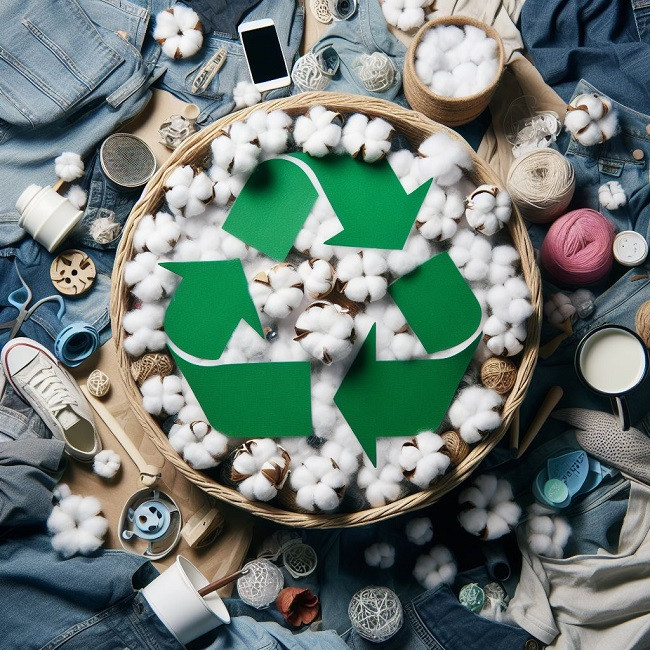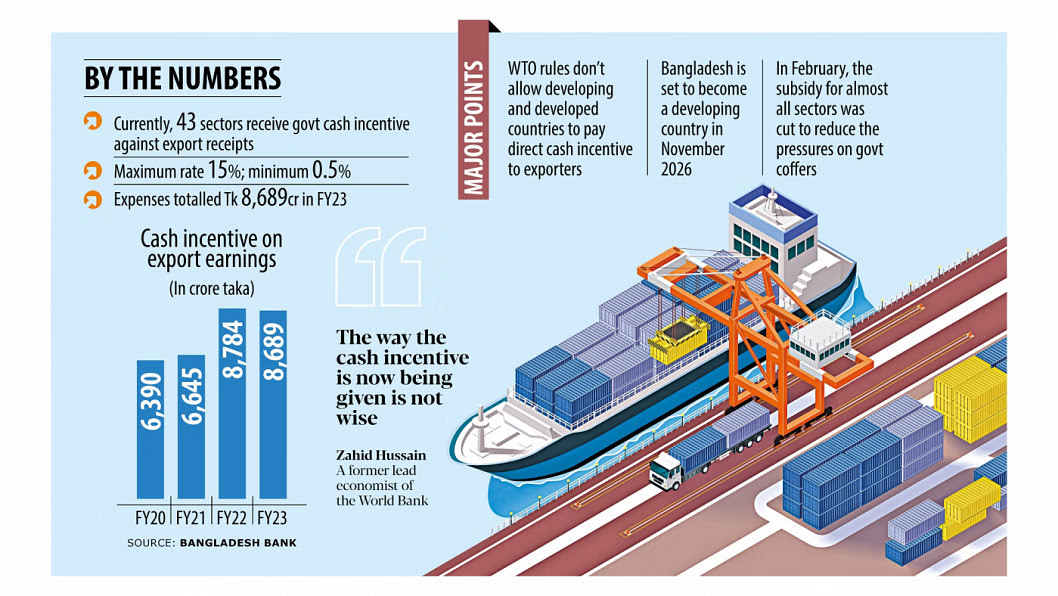More use of cotton waste means more value addition and more employment. Possible to make $6 billion worth of exportable garments. Need policy support to utilize its full potential.
At present, the country has an annual demand of about 80 lakh bales (one bale of 182 kg) of cotton. In contrast, the country is producing only 2 lakh bales compared to the demand which is less than 3 percent. On the other hand, about five to six lakh tons of cotton waste is produced in Bangladesh annually. If this cotton waste was recycled in the country, cotton imports would be reduced by about 15 percent. 500 million dollars would have been saved.

Garment-exporting factories generate a huge amount of waste of more than five lakh tons. This waste is mainly cloth cut residue, scrap, yarn, and textile waste produced in the weaving and textile industries. Currently, only $300 to $400 million are earned by exporting a part of the country’s manufactured garment waste. But if the garment waste could be recycled, it would be possible to make $6 billion worth of exportable garments.
Also read: https://www.textiletoday.com.bd/cotton-waste-export-increases-with-global-demand-more-beneficial-if-recycled-locally
Mohammad Ali Khokon, President of Bangladesh Textile Mills Association (BTMA), said that a huge amount of garment waste is generated in the pre- and post-production stages of the country. If we can convert this waste into recyclable materials, it will help reduce cotton imports by 15 percent.
Many local factories are producing yarn by mixing new cotton with cotton waste. 40 small and large factories including Simco Spinning & Textile Ltd, Square Textiles PLC, Beximco Group (jointly with Spanish company Recover), Akij Group, Badsha Group, Mosharaf Group, Aman Textiles, Hameem Group, S Alam Group and Mother Textile Mills are using garment waste to produce recycled yarn. But this is only 5 percent of the waste being recycled to make exportable products.
Meanwhile, the use of recycled materials worldwide is increasing day by day with increasing consumer awareness about the sustainable use of clothing. Due to a new proposed law in the European Union, the use of clothing made from cotton waste will increase. The EU will not buy clothes from factories that do not use cotton waste from 2030.
Because of this, Bangladeshi garment manufacturers are also paying more attention to circular fashion and using new technologies. BGMEA has already called on the government to ban the export of cotton waste. So that such raw materials are easily available in the country’s market for garment manufacturers. BGMEA President Faruque Hassan said, BGMEA and its member factories are actively working on waste recycling to reduce dependence on imported 98 percent cotton to meet current demand.
The benefits of recycling are not limited to cost savings. More use of garment waste means more value addition and more employment. Because the demand for clothes made from cotton waste is increasing globally.
Since 2013, Dutch brand G-Star has been leading sustainable fashion by creating new denim products using post-consumer denim waste. Swedish H&M aims to source 100% of its materials in recycled or a more sustainable manner by 2030. And it wants to use 30 percent recycled materials by 2025. Spanish brand Inditex has set a target of making 100% of its textile products from materials with a low environmental footprint by 2030.
However, the recycling industry in the apparel sector has some major challenges in terms of financing and taxation. Mohammad Ali Khokon said the main challenge is imposing 22 percent VAT. There is 7 percent VAT on garment waste collection and 15 percent VAT on sale of recycled yarn. BGMEA president Faruque Hassan said the government should provide policy and tax support to encourage recycling.
On the other hand, most garment waste recycling technology companies are European, requiring high investment in the sector, which is a major challenge. If the government has a scheme to provide low-cost financial support to the garment recycling industry and if buyers or donor agencies provide financial support, the garment industry will be in a better position to utilize its full potential.
















